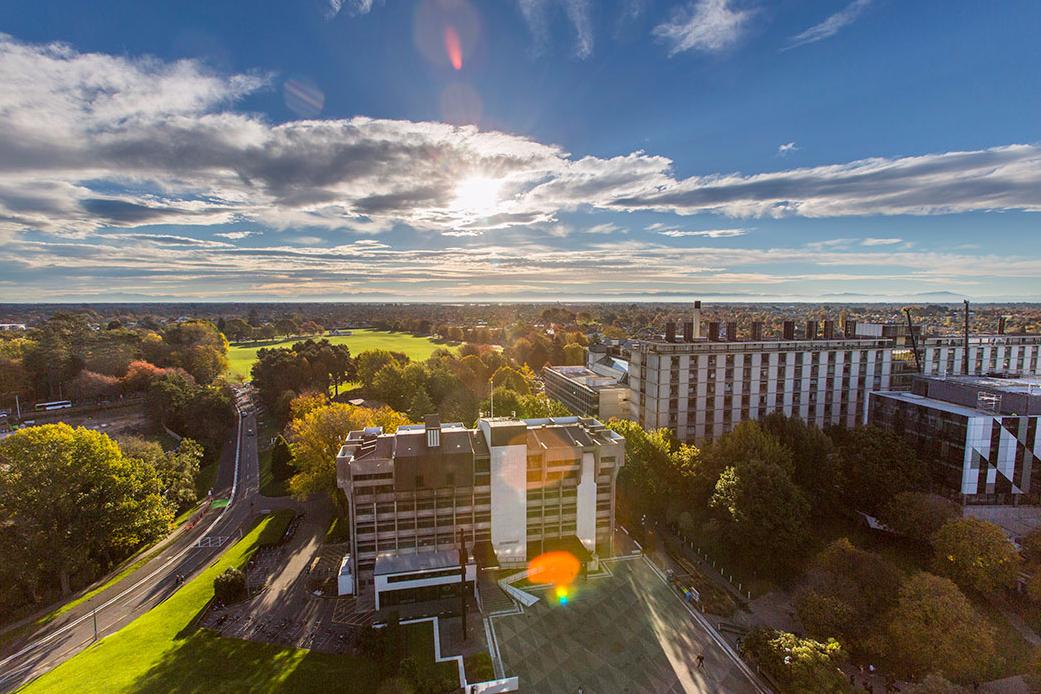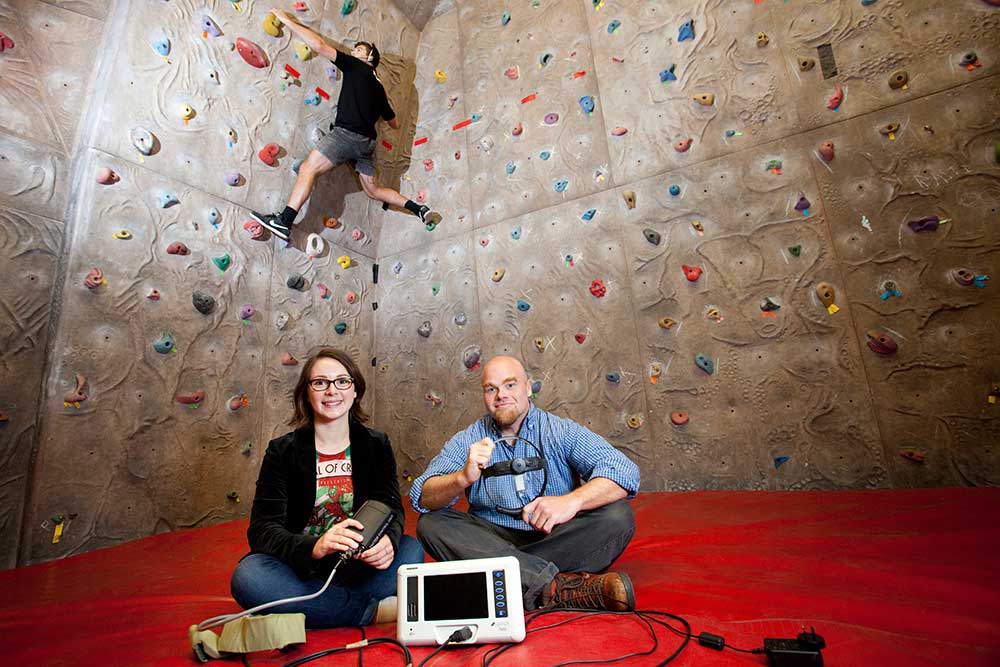
Corporate information
There's a lot going on behind the scenes to keep UC running well. Have a look at our regulations, policies, strategies, and plans.
-
Quick stats
Curious about our vital statistics? See how many students have enrolled and graduated, how much research we've published, how much we've earned and more.

-
Quick stats
Curious about our vital statistics? See how many students have enrolled and graduated, how much research we've published, how much we've earned and more.

-

Quick stats
-
Strategy and plans
University of Canterbury activities are summarised in our annual report. They align with our plans, policies, and regulations. UC plans are detailed in governance documents that guide planning and management. Read on to learn more about our plans and strategies.

-
Strategy and plans
University of Canterbury activities are summarised in our annual report. They align with our plans, policies, and regulations. UC plans are detailed in governance documents that guide planning and management. Read on to learn more about our plans and strategies.

-
Strategy and plans
-
Annual reports
Highlights of UC's latest annual report include record numbers of total, Māori, and Pasifika students. Learn more and access our latest annual report.

-
Annual reports
Highlights of UC's latest annual report include record numbers of total, Māori, and Pasifika students. Learn more and access our latest annual report.

-
Annual reports
-
Policies
From our Academic Advice Principles and Guidelines to our Waste Management Policy, access UC's full policy library.

-
Policies
From our Academic Advice Principles and Guidelines to our Waste Management Policy, access UC's full policy library.

-
Policies
-
Privacy, copyright and official information
At UC private information refers to information of a personal nature (such as name, date of birth, address, and photographs) that could be used to identify someone. Learn about privacy, copyright, and official information at UC.
-
Privacy, copyright and official information
At UC private information refers to information of a personal nature (such as name, date of birth, address, and photographs) that could be used to identify someone. Learn about privacy, copyright, and official information at UC.
-
Privacy, copyright and official information
-
Regulations
Regulations are the official rules on admission, enrolment, and study leading up to graduation. Learn more about regulations at UC.

-
Regulations
Regulations are the official rules on admission, enrolment, and study leading up to graduation. Learn more about regulations at UC.

-

Regulations
-
Asset Planning and Delivery
Asset Planning and Delivery contributes to UC's wellbeing and development through planning, design, and managing projects for our buildings and infrastructure. Find out about Asset Planning and Delivery at UC.

-
Asset Planning and Delivery
Asset Planning and Delivery contributes to UC's wellbeing and development through planning, design, and managing projects for our buildings and infrastructure. Find out about Asset Planning and Delivery at UC.

-

Asset Planning and Delivery
-
Qualification regulations
From certificates and diplomas to master's degrees and doctorates, access all UC's qualification regulations.

-
Qualification regulations
From certificates and diplomas to master's degrees and doctorates, access all UC's qualification regulations.

-
Qualification regulations